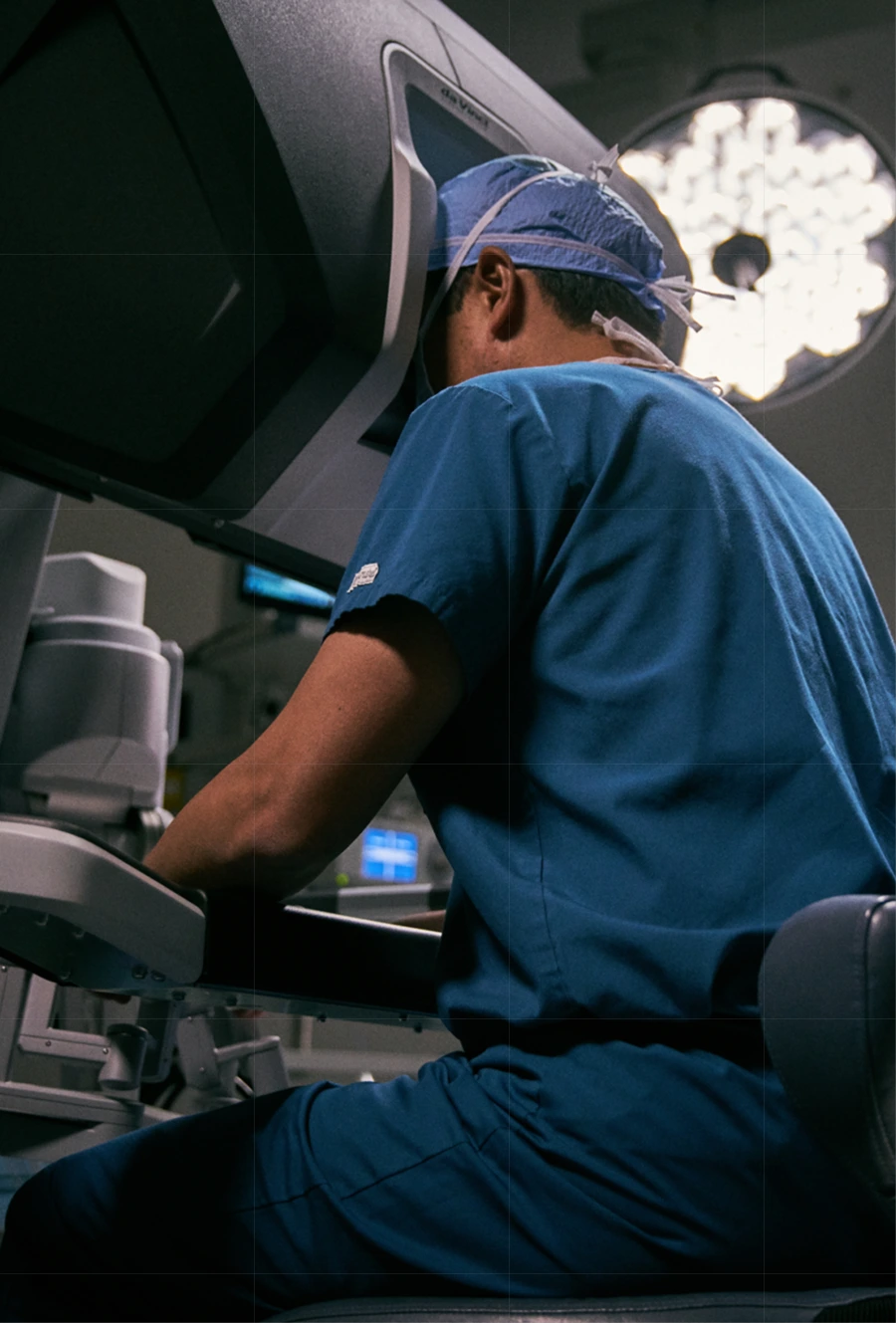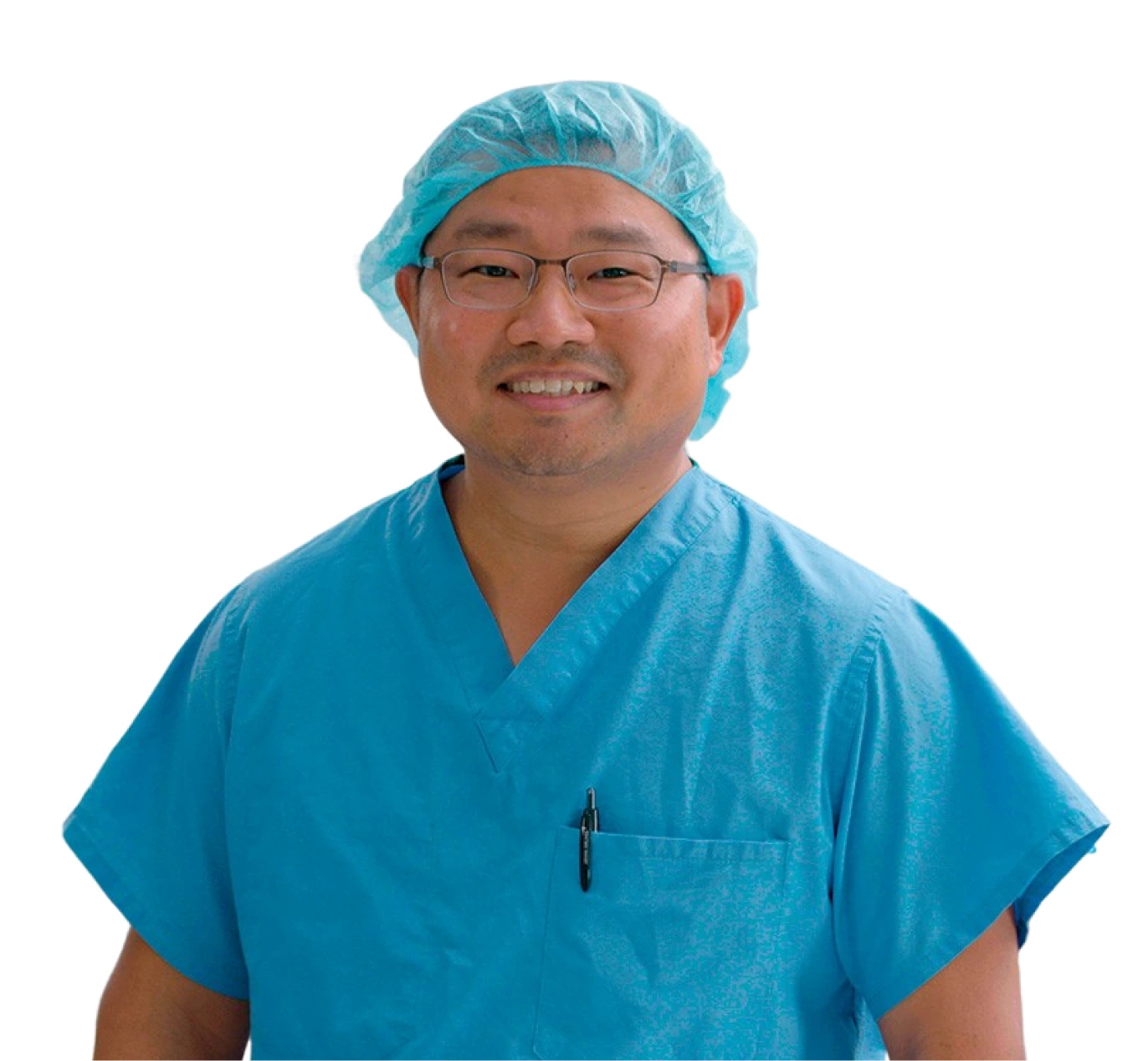Unmatched Precision
Robotic arms move with incredible accuracy, allowing for meticulous surgical work.
Greater Dexterity
Robotic instruments surpass the human hand in flexibility and control.
Smaller Incisions
Less trauma means reduced scarring, pain, and risk of infection.
12x Magnified 3D View
Surgeons operate with high-definition, three-dimensional visualization.
Faster Recovery
Most patients are back on their feet quicker, with shorter hospital stays and downtime.
Consistent Results
Enhanced control reduces variability in complex procedures.



